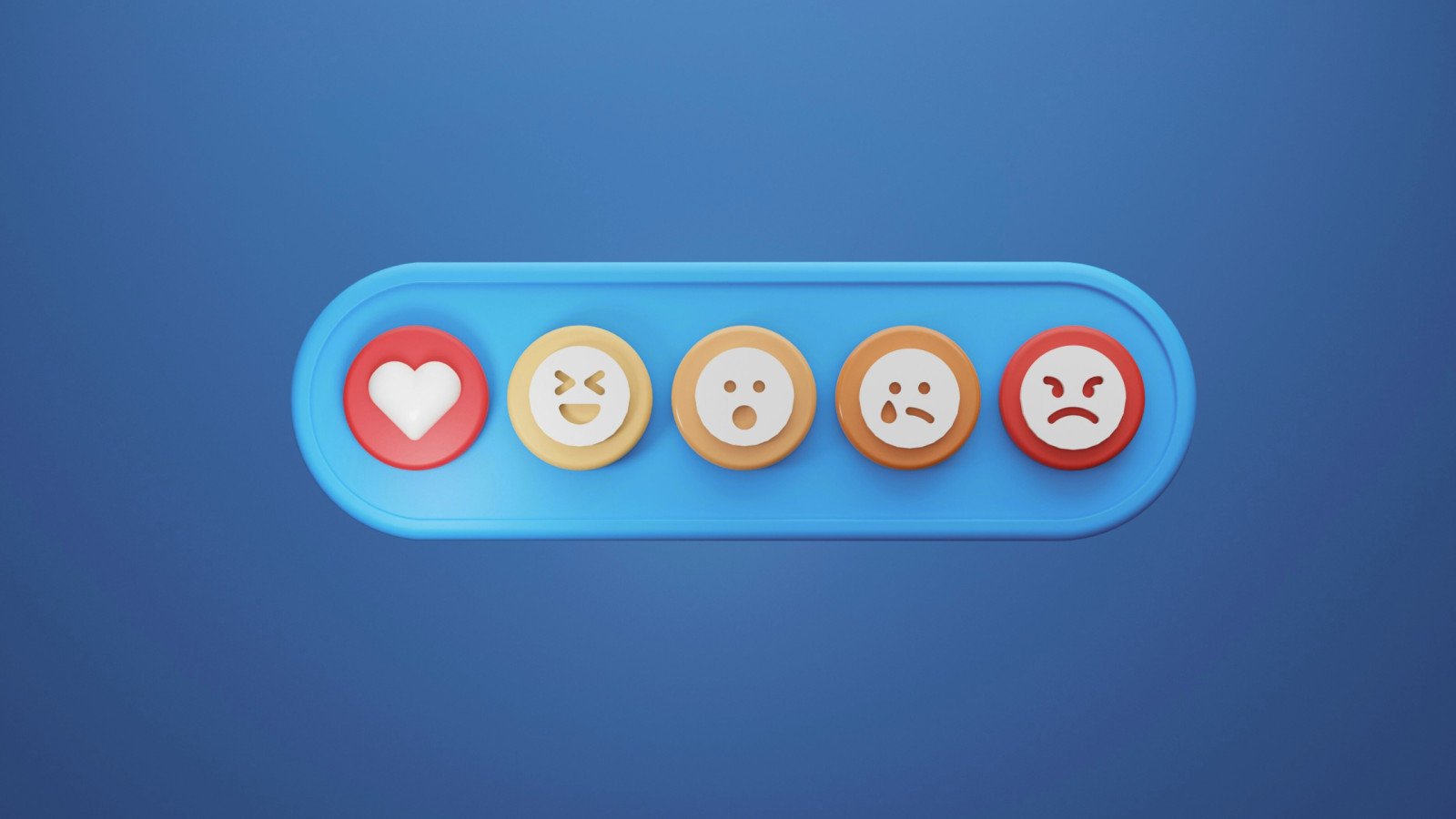If the internet dies, where does all the attention go?


Consumers no longer need to leave their social feeds. Instead, they can now get new music, film clips, pop culture, and news updates all on their favoured apps. Social has become the be-all, end-all of digital entertainment and culture, leaving industry-wide disruption in its wake.
Yet in recent months, there has been a distinct... vibe shift.
The download-delete cycle signals conflicted relationships with social
Last year, we published a report on the “Analogue revival". In summary: while digital consumption is not decreasing in a meaningful way (yet), analogue consumption is on the rise. More importantly, consumer preferences are swinging away from ‘everything online’ to the tangibility of ‘something special’. There is something to be said for Instagram’s download-delete cycle, or the self-awareness of the annual New Year’s ‘digital detox’. We do not want to be online all the time anymore, but we just cannot seem to help ourselves.
After all, the design of these platforms is addictive, drawing on the psychology of gambling. And, of course, culture is still online; not being on social media means you miss out on the latest memes and pop culture references. The same goes for the marketing interests of brands and creators. Not only is social a great way to ensure eyes on ads, but the metrics it provides are reassuringly detailed, with high numbers and easy breakdowns of likes versus saves versus shares.
Yet much of this value rests on the premise that culture is happening online, and therefore it is important to be part of it; and, by extension, that (free / ad-supported) social activity is reflective of follow-on behaviour and purchase decisions.
Featured Report
Social 2025 Navigating platforms for fan power
The biggest apps are in the process of disruption. TikTok’s uncertain future and Meta’s apps relaxing content restrictions and fact checking will constitute greater challenges for creators, advertisers,...
Find out more…The death of the (digital) town square
The social marketplace has been fragmenting, as new platforms appear (none with 20%+ weekly active use), and existing platforms disrupt themselves (be it X’s political leanings, or Instagram chasing audiences from the feed, to stories, to DMs). TikTok’s USP is not its social video format, but rather that it became the cultural centrepiece. TikTok trends were the trends that shaped everything else; all other platforms became places to reshare.
Now, TikTok’s US disruption (regardless of the TikTok ban outcome) is having an impact on that positioning. While consumer weekly usage has not (yet) dropped significantly, we can see a loss of relevance: there has arguably been no big TikTok moment since ‘demure’ last year, which devolved into copyright scraps over influencer catchphrases (per The Guardian).
Everyone’s favourite brainrot app sent them notifications to get in touch with their local congressperson, changed its content policies, and disappeared for 12 hours, prompting the biggest creators to pop up on platforms like Shorts, Substack, and even RedNote. The vibes were off, and attention started wandering elsewhere.
Who is TikTok’s disruption actually bad for (aside from TikTok)?
Disruption happens all the time. Tumblr was once a staple of Millennial culture, after all. Yet what is interesting about the TikTok shift is that there is no other app in the marketplace poised to replace it as the central hub of online culture. All the others are either too small to have meaningful heft, or too big and, therefore, too algorithmically fragmented internally. There is no one platform on which cultural moments can take shape anymore.
It is possible that a new competitor will emerge and take up TikTok’s place. It is also possible that attention and adoption will simply fragment, with users moving to smaller, network-first apps (musical.ly’s former CEO Alex Hofmann is notably betting on this, founding 9Count). A third option is that consumers simply respond to the flailing lack of digital consensus, and simply lean offline.
This is no great loss for the marketplace necessarily, nor is it new. Underground scenes in big cities are not content mills with TikTok accounts; they operate through word-of-mouth, WhatsApp groups, and obscure Dice listings, and often put stickers on phone cameras at event entry. Most TikTok trends did not truly start on TikTok, but rather flourished offline, before making it viral on the app at the crest of their relevance – making it difficult for brands and advertisers to ever keep up. The metrics of social media are alluring, yes, but they tend to obscure the underlying point of ‘why care’ with a glut of shiny datapoints. The dead internet theory already calls the sanctity of these numbers into question, and AI proliferation exacerbates the issue. Anyone who works elbows-deep in a marketing team or artist management knows that the data only tells half the story; the rest is, well, vibes. Or, ‘the qualitative nuance of millennia-old human instinct for what works for humans’. Or, to put it in another word: “taste”.
Harder to justify to budget-holders who now expect reams of data and charts to back up every spending decision – but culture defies commodification by design. The new world of online (and offline) fragmentation is going to mean a need for a departure from the safety blanket of disparate and often empty view metrics, back into the world of bold bets and exciting builds… based on human taste first, and social data second. New, more reliable ways of measuring sentiment, skill, and fandom must be found, with a focus on context – the why – rather than isolated virality, which disappears overnight.
So, it is a good thing MIDiA is covering just that with our research service – looking at measuring fandom, scenes, social, the creator economy, and beyond. Dive into our research here: https://www.midiaresearch.com/reports
The discussion around this post has not yet got started, be the first to add an opinion.